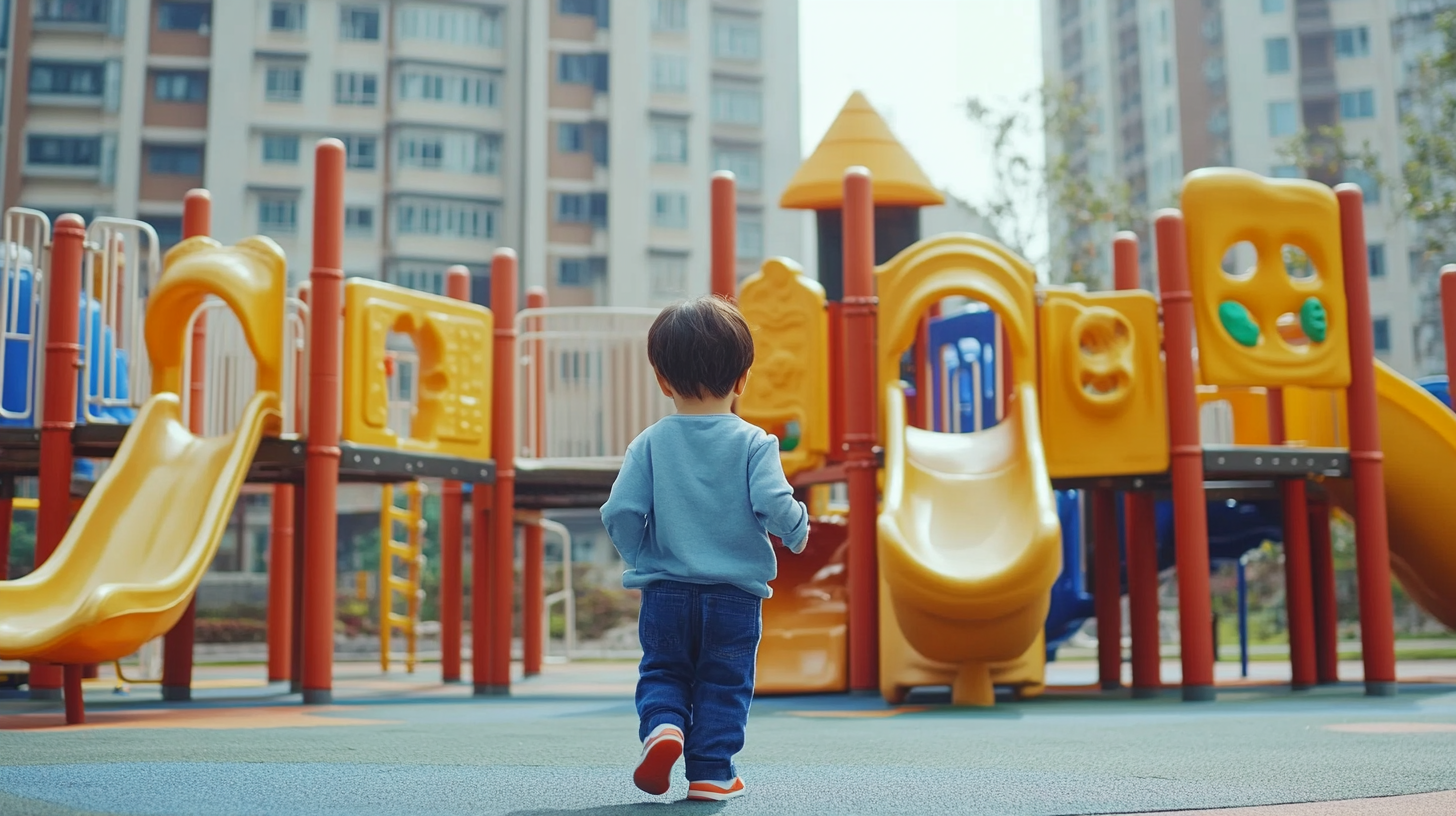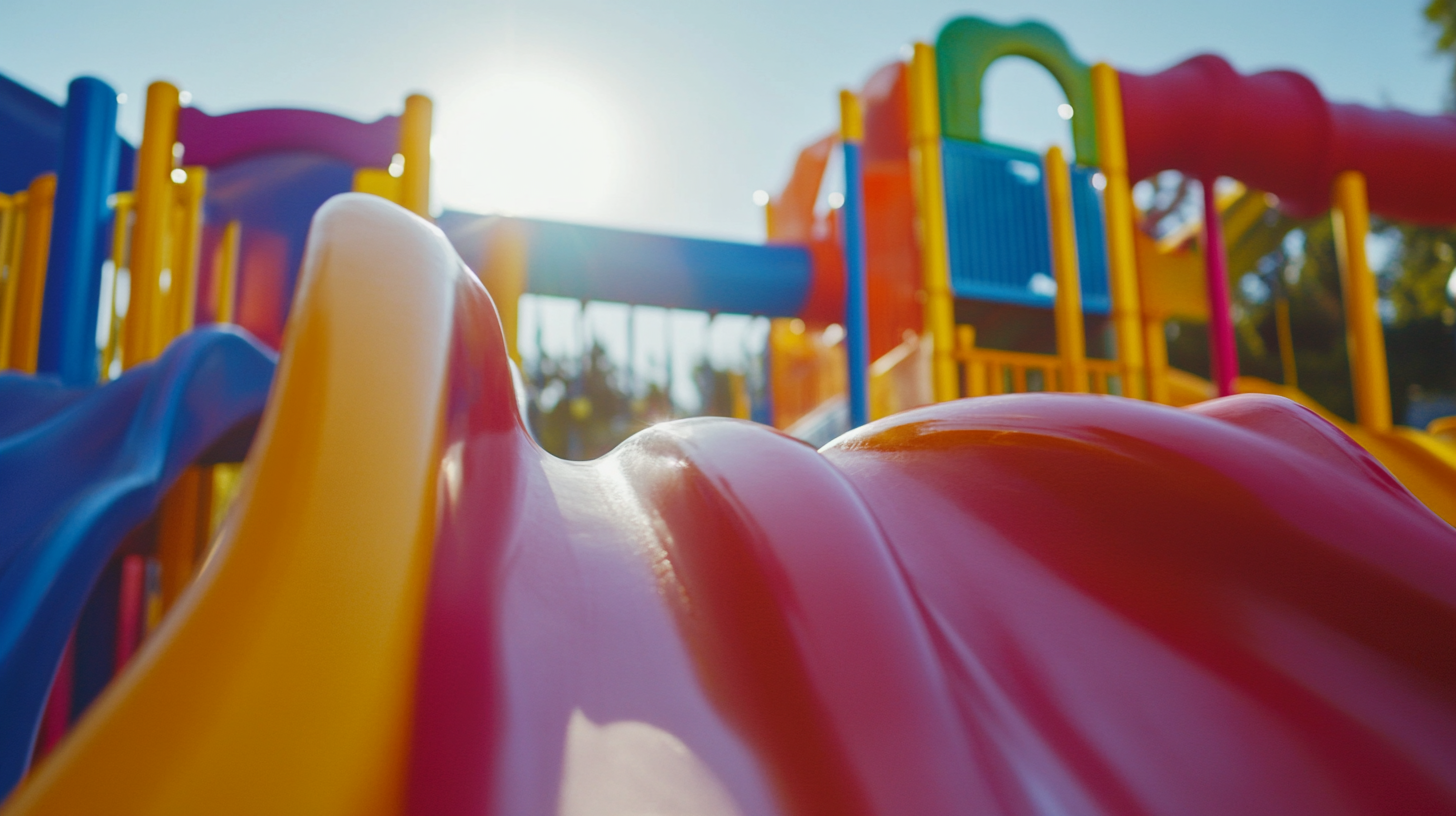
Inquiry
Form loading...
In recent years, the focus on child development and safety in recreational environments has led to an increasing preference for soft playground equipment. According to the National Program for Playground Safety, approximately 200,000 children visit the emergency room each year due to playground-related injuries, demonstrating the urgent need for safer play environments. Soft playground equipment significantly reduces the risk of injury, allowing children to explore, socialize, and engage in physical activities while minimizing the potential for serious accidents. Its cushioned surfaces and protective structures play a pivotal role in creating a more secure play area for all children.
Moreover, research from the American Academy of Pediatrics highlights that unstructured play is essential for children's social, emotional, and physical development. Soft playground equipment not only ensures safety but also encourages active play, facilitating crucial developmental skills such as problem-solving, teamwork, and motor skills. As communities strive to create inclusive and engaging play spaces, the implementation of soft playground equipment emerges as a vital component in fostering a nurturing environment where children can thrive and learn through play.

Soft playground equipment offers numerous benefits for the physical development of children, promoting not only their strength and coordination but also their safety during play. Research indicates that engaging in physical activities in a safe environment encourages children to explore, climb, and run freely. According to the American Academy of Pediatrics, children require at least 60 minutes of physical activity daily to support their growth and health, and soft playgrounds facilitate this by providing a secure area for children to play without the high risk of injury. The design of soft playground equipment, which includes materials like foam and rubber, minimizes the impact from falls, thereby significantly reducing the chance of injuries such as fractures or sprains. The National Program for Playground Safety reported that properly installed soft surfacing can reduce fall-related injuries by up to 80%. This level of protection encourages children to participate more actively and fearlessly in physical activities, which are crucial for developing essential motor skills, balance, and coordination. Moreover, soft playgrounds support imaginative play, which is also vital for physical development. When children engage in role play or obstacle courses, they not only exercise their bodies but stimulate their minds as well. According to a study published in the Journal of Environmental Health, play areas designed with soft materials encourage imaginative exploration and endless possibilities, which can lead to improved overall physical fitness. By fostering such environments, we can help cultivate a generation of active, healthy children.

Soft play environments have become increasingly popular in early childhood education and recreational spaces, not only for their safety features but also for their role in enhancing cognitive skills. These vibrant, padded areas allow children to explore and interact with their surroundings in a secure setting, fostering an atmosphere where learning can take place through play.
One of the significant cognitive benefits of soft play is the promotion of problem-solving abilities. As children navigate various obstacles and engage with different structures, they are presented with challenges that require critical thinking and creativity. Whether climbing, jumping, or balancing, each activity encourages kids to assess risks, make decisions, and find solutions, all while having fun. This type of experiential learning is foundational to developing cognitive flexibility, which is essential as children grow and face more complex situations in life.
Moreover, soft play environments enhance memory and focus through imaginative play. Children are encouraged to engage with others in cooperative games or utilize the space for solo exploration. This social interaction not only aids in language development but also strengthens memory as children recall and reenact scenarios through imaginative play. Such engagement nurtures their ability to concentrate and enhances their attention span, crucial elements in their overall cognitive development.
In conclusion, soft playground equipment serves as more than just a safe space for children; it is an integral component in fostering cognitive growth. The blend of physical activity and imaginative play ensures that children develop essential skills in a nurturing environment, supporting their journey into a more challenging academic landscape.

Childhood is a critical period for emotional development, and safe playground designs play a pivotal role in promoting emotional wellbeing among children. Research indicates that environments fostering safe, engaging play not only enhance physical skills but also contribute significantly to emotional resilience. According to the American Academy of Pediatrics, children who engage in outdoor play are less likely to present anxiety and depression symptoms, emphasizing the importance of incorporating soft playground equipment designed with safety in mind.
Soft playground equipment, such as rubber mats, foam structures, and padded swings, provides a secure environment where children can explore and interact freely. A study published in the Journal of Environmental Psychology highlights that children are more likely to take risks and experiment in spaces where they feel secure, leading to increased self-confidence and emotional independence. With fewer injuries and a greater sense of safety, children can develop social skills through interactive play without the fear of physical harm.
Moreover, the incorporation of versatile soft playground equipment encourages imaginative play, which is essential for emotional growth. The National Institute for Play states that unstructured playtime allows children to process their feelings, experiment with role-playing, and develop empathy. By creating an environment that prioritizes safety through the use of soft materials, playground designers can significantly influence the emotional and social development of future generations.

When considering playground equipment for children, safety is paramount. Soft playground equipment offers innovative solutions designed to minimize injury risks while allowing kids to explore their physical capabilities. Traditional hard surfaces, though durable, pose significant dangers when children fall or collide with them. In contrast, soft equipment is specifically designed to absorb impact, significantly reducing the severity of injuries.
One of the standout features of soft playground equipment is the use of materials like foam and rubber. These materials are engineered to cushion falls, making them ideal for active play environments. Additionally, many soft structures come with rounded edges and smooth surfaces, which lessen the likelihood of cuts and bruises. This thoughtful design supports not only safety but also encourages children to push their limits and engage more freely in physical activities, promoting confidence and resilience.
Another critical aspect is the incorporation of safety features such as non-slip surfaces and stability measures in soft playground designs. This is vital for maintaining a secure play area, allowing children to run, jump, and climb while minimizing the chance of slips or falls. The combination of these safety-focused innovations in soft playground equipment creates a nurturing environment where children can learn through play without the looming risk of serious injury. This balance of fun and safety facilitates a positive developmental experience for young ones.
Soft play areas are designed to offer a safe and engaging environment for children, fostering opportunities for social interaction and cooperative play. These vibrant spaces, filled with soft structures and cushions, allow children to explore their physical abilities without the fear of injury. In such settings, children learn to navigate both the physical and social landscape, developing vital communication skills and building lasting friendships.
As children engage in cooperative play activities within soft play areas, they learn to share, take turns, and resolve conflicts. These experiences are crucial for their emotional and social development. For instance, when a group of children works together to build a fort or navigate an obstacle course, they must communicate effectively and collaborate to achieve their shared goal. This interaction enhances their problem-solving skills and encourages empathy, as they learn to consider the feelings and perspectives of their peers.
Furthermore, soft play areas provide an inclusive environment where children of different ages and abilities can play together. This inclusivity promotes a sense of community and belonging, vital for a child's overall development. As children interact with those who might be different from them, they learn tolerance and understanding, which are essential values as they grow and navigate a diverse world. In essence, soft play equipment serves not only as a physical play space but also as a crucial platform for fostering social skills and cooperative interactions among children.
